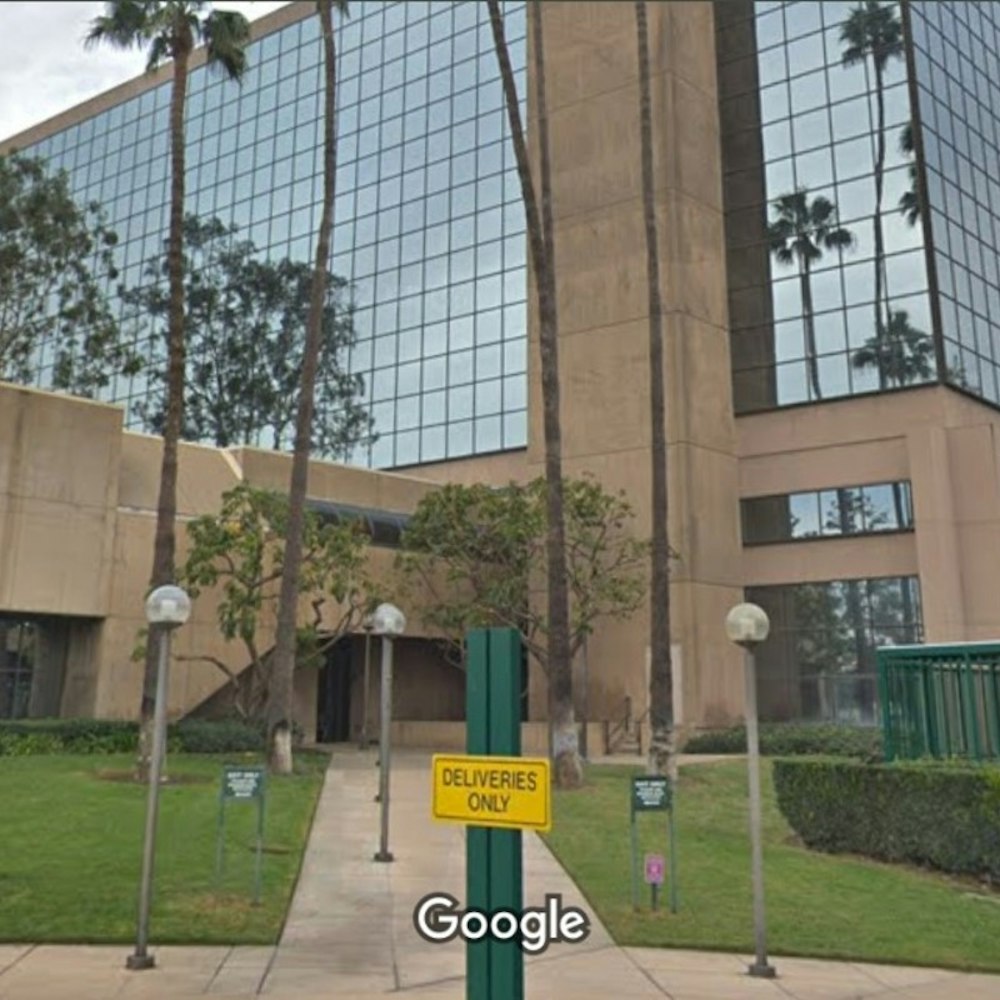
San Antonio is making strategic moves to tackle housing affordability, an essential issue as the city braces for continued growth, real estate prices have been on a steep incline over the past five years, while the median household income trails at $59,000, per the San Antonio Report. This mismatch puts homeownership out of reach for many, a problem that's echoed in cities across the nation, yet 93% of Bexar County residents still see homeownership as crucial to the American Dream according to a recent Emerson College Polling Center survey.
In tandem with efforts to bolster its public transit and workforce development, the city's lifting regulations such as those limiting accessory dwelling units (ADUs), allowing more homeowners the chance to boost their income through rentals or house more family members, while addressing the pressing need for more homes, San Antonio also plans to invest in transit-oriented development, which encourages a harmonious mix of living spaces, retail, and office locations that enriches the city's tapestry and eases the housing crunch, this is a game-changer not just for housing, but for the city's congestion and air quality issues as highlighted by the Advanced Rapid Transit (ART) route proposed by VIA along San Pedro Avenue.
However, a broader look at transit-oriented developments (TODs) reveals a stark gap when it comes to serving low-income households who benefit most from proximity to mass transit and the transportation cost savings it can bring. The HUD USER reports, Reid Ewing and Justyna Kaniewska from the University of Utah found that only 20 percent of housing units in certain TODs were affordable, with a severe drop in options for larger families at moderate incomes.
Moving the needle on affordable housing in TODs has proven challenging without consistent policy at the city or state level – low-income housing tax credits (LIHTCs) have been identified as a more effective bottom-up solution, tackling the issue more decisively than inclusionary zoning (IZ) policies that often produce a smaller quantity of affordable units and cater mainly to moderate-income households, the most impactful driver of affordability in the studied TODs was 16 projects funded by LIHTCs, which made up a solid 40% of all the affordable housing units in the analysis.
San Antonio's struggle and strategy reflect a universal challenge — fostering neighbourhoods that not only thrive economically but are inclusive and accessible to all. Local voters have shown a strong commitment to this cause, approving a charter change to facilitate the city's first affordable housing bond program, signaling that San Antonians are ready to address the issue head-on, ensuring that the city's future growth includes homes within reach for everyone.









